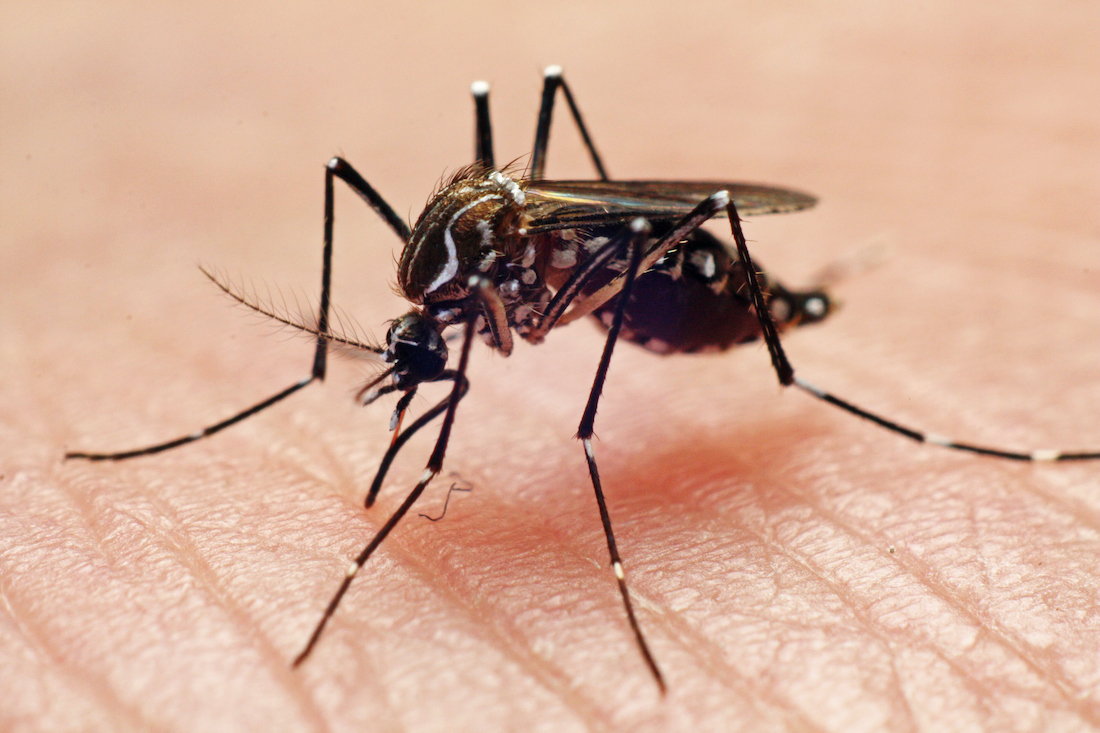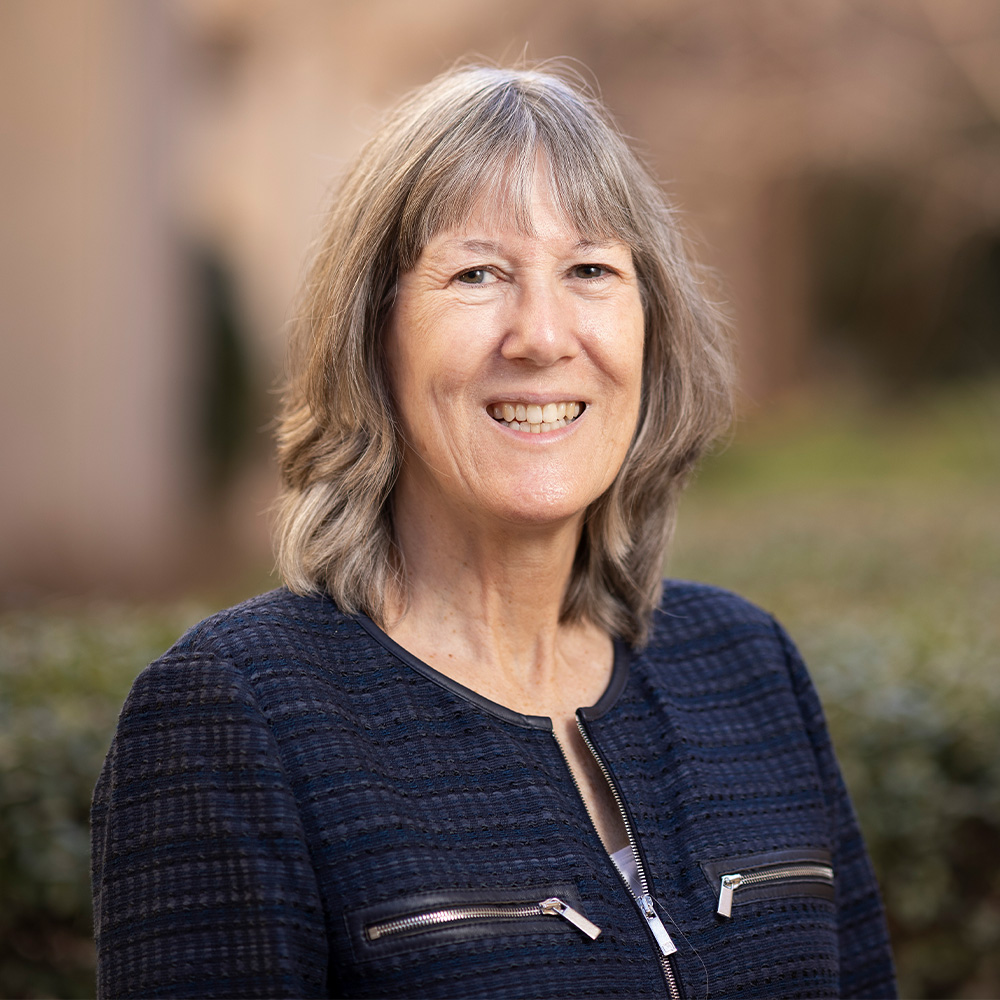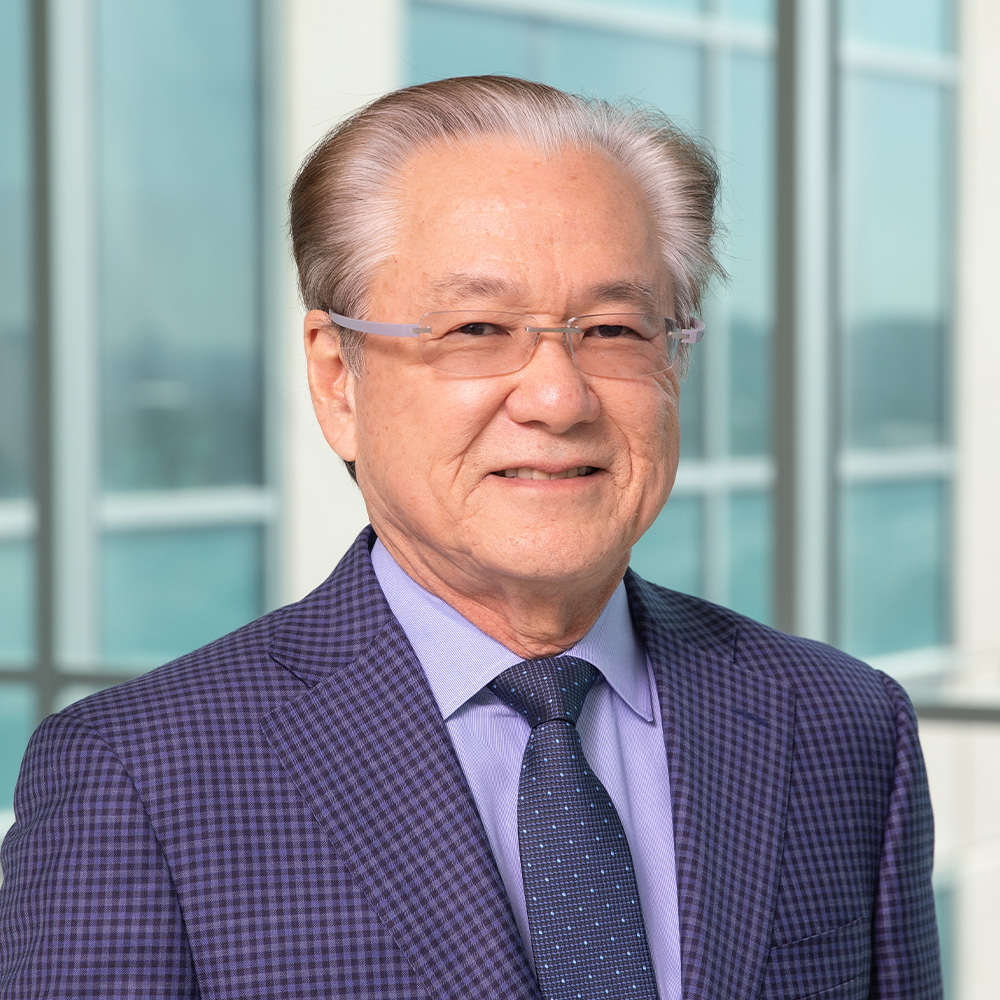UTSW researchers report progress in malaria treatments
Phillips lab developing compounds to kill drug-resistant malaria parasites while Takahashi lab investigating circadian cycles of parasites

DALLAS – July 10, 2023 – With new cases of malaria being reported in Texas and Florida, researchers at UT Southwestern Medical Center continue to explore compounds for more effective drug-resistant therapies and biological targets to interfere with the parasites that spread the potentially fatal disease.

Parasitologist Margaret Phillips, Ph.D., Professor and Chair of Biochemistry at UT Southwestern, and colleagues who have been researching interventions for malaria for decades are part of a large multidisciplinary project funded by the National Institutes of Health and sponsored by Medicines for Malaria Venture. Their research focuses on identifying and characterizing vulnerable metabolic pathways in parasitic protozoa that carry the disease with the goal of developing new drugs for malaria as well as neglected tropical diseases such as African sleeping sickness.
Dr. Phillips’ team has been instrumental in investigating inhibitors for DHODH (dihydroorotate dehydrogenase), one of the most promising malaria drug targets for their ability to kill drug-resistant malaria parasites and halt their ability to replicate. Her team has identified several candidates, including one that reached Phase II clinical trials and another now in preclinical stages of exploration.
“These cases again show us how insidious malaria really is and remind us of the power of science to make an incredible difference in people’s lives,” said Dr. Phillips, one of 26 UTSW members of the National Academy of Sciences as well as a member of the Texas Academy of Medicine, Engineering, Science and Technology. “When I initiated a new program on malaria, I was motivated by the importance of disease and the number of people who are sickened by it. Even now, we still have 600,000 people worldwide dying of malaria every year. Most of those are children under 5 and in Africa, but the reappearance in the U.S. and Texas demonstrates the continued need to identify better treatments and prevention strategies.”
In June, the Texas Department of State Health Services reported its first locally acquired case of malaria in nearly 30 years, which serves as a reminder of how persistent some diseases can be, Dr. Phillips said. No additional cases have been identified yet in the state, but local health officials are continuing to work on determining whether others were exposed. The last locally transmitted case in Texas was reported in 1994. Meanwhile, four cases of locally transmitted malaria were reported in Florida in recent weeks, prompting the Centers for Disease Control and Prevention (CDC) to issue a health advisory.
Although malaria was eradicated from the U.S. in 1951, it remains one of the world’s most deadly diseases. Some 2,000 people in the U.S., including 120 in Texas, still are diagnosed with malaria annually, but those cases are universally linked to travel outside the country. The last confirmed case that originated in the U.S. happened in 2003, when eight people became infected in Palm Beach County, Florida, the CDC reports. Worldwide, the human malaria parasite is endemic in 87 countries, putting 2.5 billion people in many of the poorest nations of the tropics at risk for the disease. Widespread drug resistance has compromised the effectiveness of malaria control programs, making development of new drug therapy targets and other approaches even more critical.
Dr. Phillips’ malarial research, begun in 2003, first resulted in DSM265, a compound that was initially shown to cure malaria in a single dose and had promise as a preventive treatment, providing validation of her approach in targeting parasite metabolism. The Phillips lab explores antimalarial compounds that selectively inhibit the DHODH parasite. Her team determined that Plasmodium species including P. falciparum, one of five protozoa that cause malaria and the one that accounts for more than 90% of mortality associated with malaria, relies exclusively on pyrimidine biosynthesis to provide precursors for DNA and RNA synthesis, so blocking pyrimidine biosynthesis can selectively kill the parasite without damaging other critical cells.
Dr. Phillips, who has published over 100 articles in scientific journals and 20 book chapters or review articles, now holds several patent applications on DHODH inhibitors with selective antimalarial activity. A more recent compound, DSM 705, another candidate from a pyrrole-based series called DSM705, has been identified as having antimalarial effects on P. falciparum and P. vivax (the type of protozoa in the recent Texas case).

In addition to Dr. Phillips’ work, the lab of Joseph Takahashi, Ph.D., Chair of Neuroscience at UT Southwestern and a member of the National Academy of Sciences and National Academy of Medicine, has been conducting investigations into the circadian rhythm cycles of parasites associated with malaria transmission to find opportunities to disrupt their life cycle. Although the prevailing theory has been that Plasmodium takes its cues from its animal hosts, Dr. Takahashi – who studies biological clocks – and colleagues discovered that the parasite has its own internal clock that drives cyclic fevers. Identifying the mechanism behind this phenomenon, he said, could lead to new targets to attack malaria, either by disrupting its rhythms or by finding ways to capitalize on them by discovering points in the cycle when Plasmodium may be particularly vulnerable.
“This could offer insight into a whole new dimension to therapeutic treatment for this often fatal disease,” said Dr. Takahashi, a member of UT Southwestern’s Peter O’Donnell Jr. Brain Institute.
Collaborative partnerships with global health organizations, government agencies, and philanthropic foundations such as the Medicines for Malaria Venture, The Welch Foundation, the Bill & Melinda Gates Foundation, and National Institutes of Health ensure that their discoveries translate into real-world impact.
“Our collaborative synergy is dedicated to finding innovative solutions,” Dr. Phillips said. “The identification of promising antimalarial compounds and the unraveling of parasite mysteries bring us closer to eradicating this devastating disease."
About UT Southwestern Medical Center
UT Southwestern, one of the nation's premier academic medical centers, integrates pioneering biomedical research with exceptional clinical care and education. The institution's faculty members have received six Nobel Prizes and include 26 members of the National Academy of Sciences, 20 members of the National Academy of Medicine, and 13 Howard Hughes Medical Institute Investigators. The full-time faculty of more than 3,100 is responsible for groundbreaking medical advances and is committed to translating science-driven research quickly to new clinical treatments. UT Southwestern physicians provide care in more than 80 specialties to more than 120,000 hospitalized patients, more than 360,000 emergency room cases, and oversee nearly 5 million outpatient visits a year.
